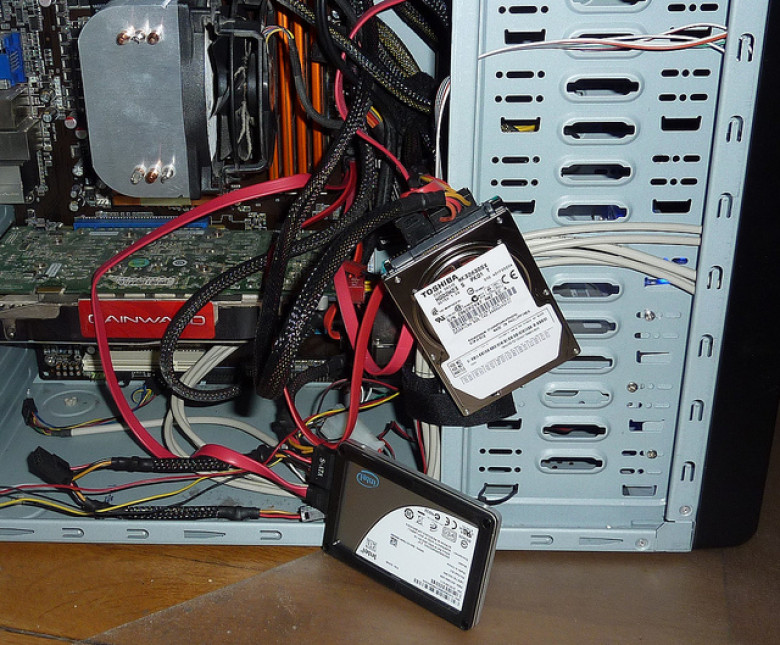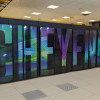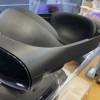New supercomputer uses SSDs instead of DRAM and hard drives
A new supercomputer being deployed this month in the U.S. is using solid-state drive storage as an alternative to DRAM and hard drives, which could help speed up internal data transfers.
The supercomputer, called Catalyst, will be deployed at Lawrence Livermore National Laboratory in Livermore, California. Built by the U.S. Department of Energy, Cray and Intel, the supercomputer delivers a peak performance of 150 teraflops and will be available for use starting later this month.
Catalyst has 281TB of total SSD storage and is a giant computing cluster broken into 324 computing units, called "nodes" by LLNL. Each computing unit has two 12-core Xeon E5-2695v2 processors, totaling 7,776 CPU cores for the supercomputer. Each node has 128GB of DRAM, while 304 nodes have 800GB of solid-state drive storage. Additionally, 12 nodes have 3.2TB of solid-state drive storage for use across computing units.










































































